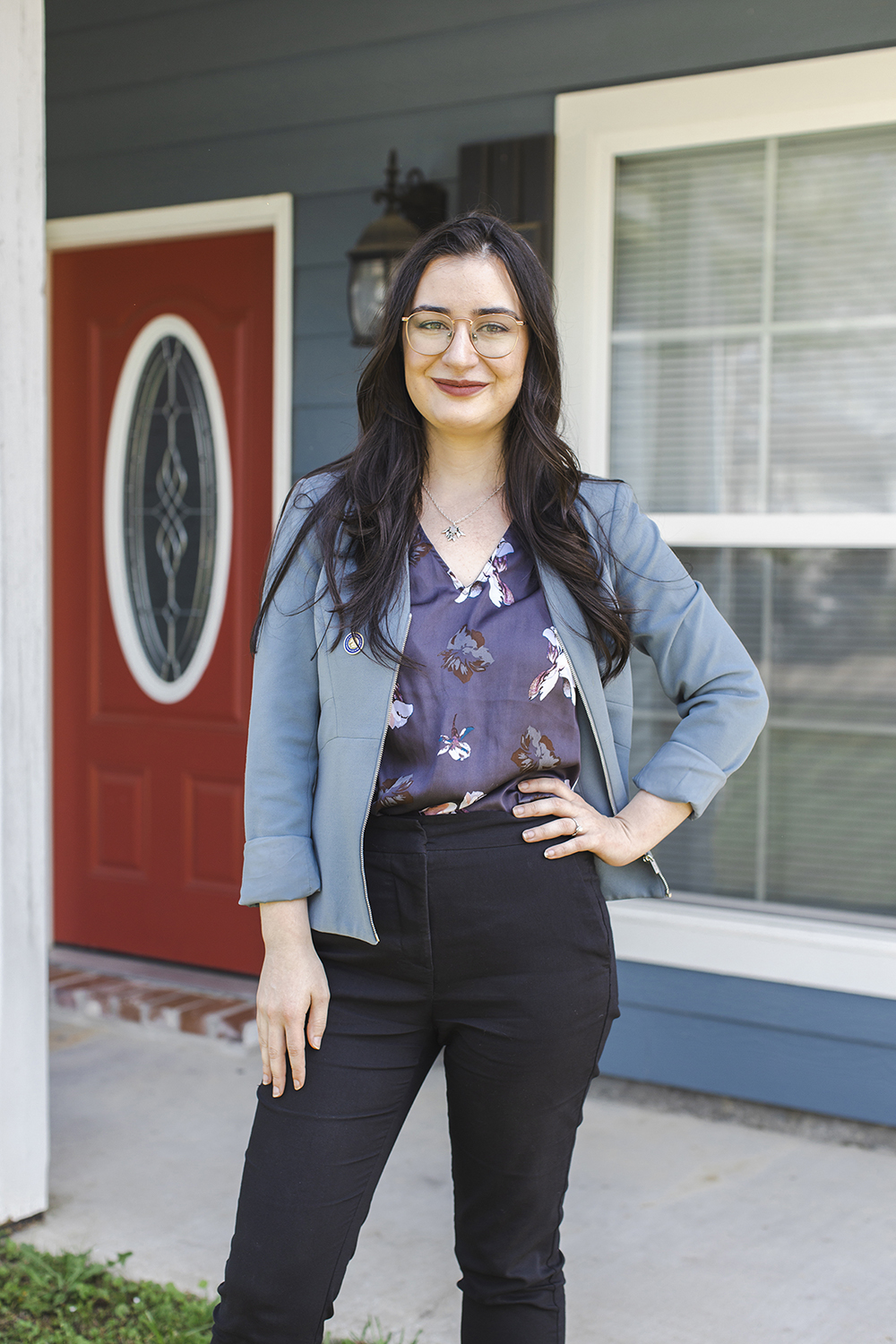Marlee Pittman’s work focuses on an essential part of our city: its neighborhoods. Last May, she was named the first director of community revitalization for East Baton Rouge Parish. In the months since, she’s become a leader of holistic housing and neighborhood strategy, maximizing federal resources to fund communities’ needs. This includes championing the assets that might attract residents to a specific neighborhood—while simultaneously working to improve the flaws that might push people away.
“It’s about creating neighborhoods of opportunity (residents) can really call home,” Pittman says of her work. “They want to raise their kids where their mothers raised them. But, they want to do this in a place that’s safe, that has history and culture, access to healthy food and medical care, quality housing. … It’s (about) the residents of neighborhoods who will be there for a long time. Their success is Baton Rouge’s success.”
Prior to making her move to the mayor’s office, Pittman’s work zeroed in on one neighborhood as the director of community development at Mid City Redevelopment Alliance. An LSU alum, she’s a recognized Truman Scholar, Baton Rouge ChangeMAKER and a Hebert Scoville Jr. International Peace Fellow.
|
|
|
And just a matter of days after our interview, she added another title to her resume: interim director of the Mayor-President’s Office of Community Development. She tells 225 “the mission of her work will remain much the same” in the expanded role.
We sat down with Pittman to talk about how she got to where she is today and the future she sees for the Capital Region. brla.gov
Quotes have been edited for clarity and brevity.

How did you get into this line of work? What keeps you so passionate about community revitalization and redevelopment?
I was born and raised in Baton Rouge. When I graduated from LSU, I moved to D.C. to work in public policy. When the floods of 2016 happened, I felt a lot of pull to come home and make a difference in the community. It was incredibly rewarding, and I haven’t looked back once. There is so much work you can do for and with people who are passionate about making a difference.
You led numerous community development projects when you were at Mid City Redevelopment Alliance. What are some of your proudest moments and successes there?
Safe Hopeful Neighborhoods is a collaborative effort that I co-designed with the Mayor’s Safe Hopeful Healthy team while at MCRA. The long-term change is to invest in residents, listen to their vision for their community and simply ask what they need to make that a reality. While that might not be the most shiny project we completed during my time there, it is absolutely going to have the longest impact.
What areas or aspects of Baton Rouge need the most ‘revitalization?’
All neighborhoods need investment, but it’s important to understand which neighborhoods need what type of investment and what level of resources. I’ve spent much of my time working in our disinvested and historically Black neighborhoods. There are so many incredible things happening there that we don’t often see and there is so much to capitalize on. We’re looking at how to invest across the parish in the ways that each neighborhood needs it the most.
There are community centers, libraries and parks that are full of life in areas some warn you shouldn’t go to.
In Zion City, I’ve heard from residents who are banding together to reinvigorate a civic association so they can rebrand an area some refer to as the “Jungle.” In Old South Baton Rouge or Scotlandville, the history and pride is palpable, but they may need support in rebuilding aging homes or commercial buildings.
The diversity of challenges and resources are as numerous as the number of neighborhoods within Baton Rouge. But we all call this city home. It’s only by working together, understanding each other, and investing in areas that are forgotten that we will be able to reach the potential I know is there.
What are you most proud of achieving thus far in your roles in the mayor’s office?
The Blight Redevelopment Pilot, which took an intense amount of research on how the city ordinances work around cleaning up blight and clearing titles. We got funded last year through the council and we’ll be identifying those abandoned lots this year.
|
|
|
We’re also really proud of our planning work. Last year, we led a housing planning process that included everything from one-on-one interviews to a Housing Summit that involved more stickers, Post-its, and truly engaged stakeholders than I have seen at a planning meeting in a long time. We used everything we learned from the community and from national experts to create strategic plans on community development priorities from homelessness to disaster recovery, from housing to blight. We just completed the public input period for the HOME ARP Action Plan on homelessness, but expect more action plans on federal funding resources to come throughout the year so we can continually get feedback.
What is your vision for the future of Baton Rouge?
A neighborhood of opportunity that you can really call home. A place that’s safe and has cultural memories that are important to them, access to healthy food, medical care and quality housing.
This article was originally published in the June 2023 issue of 225 magazine.





